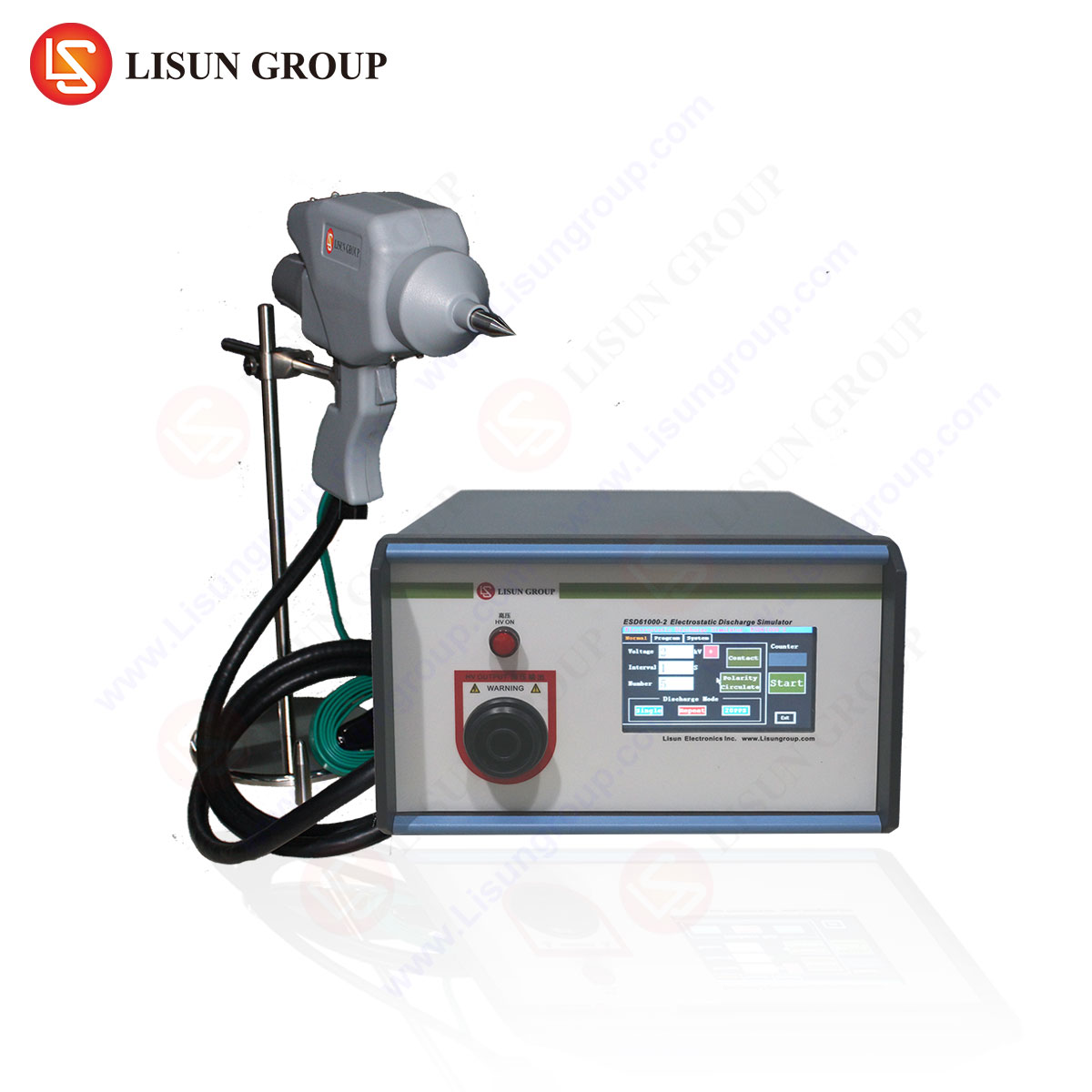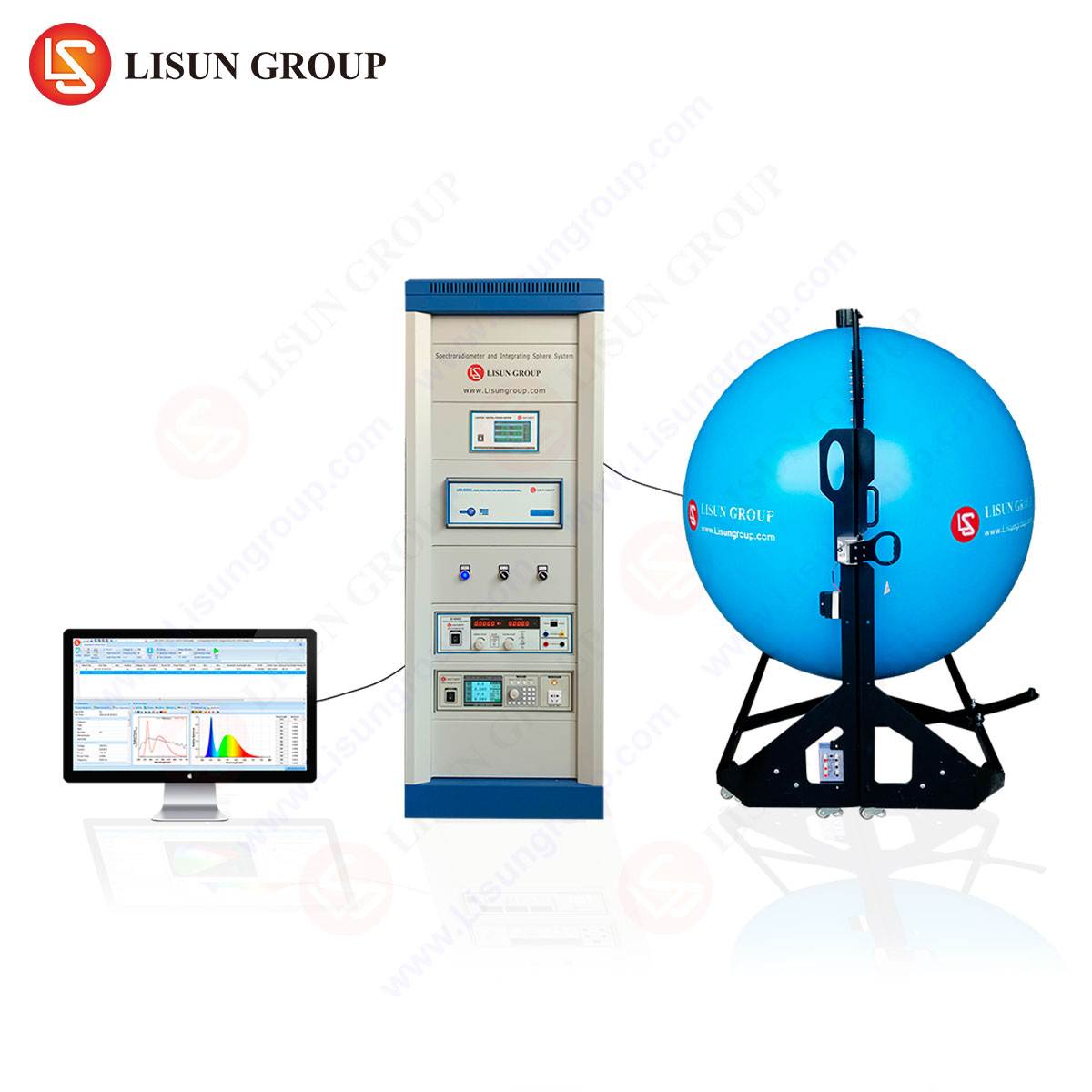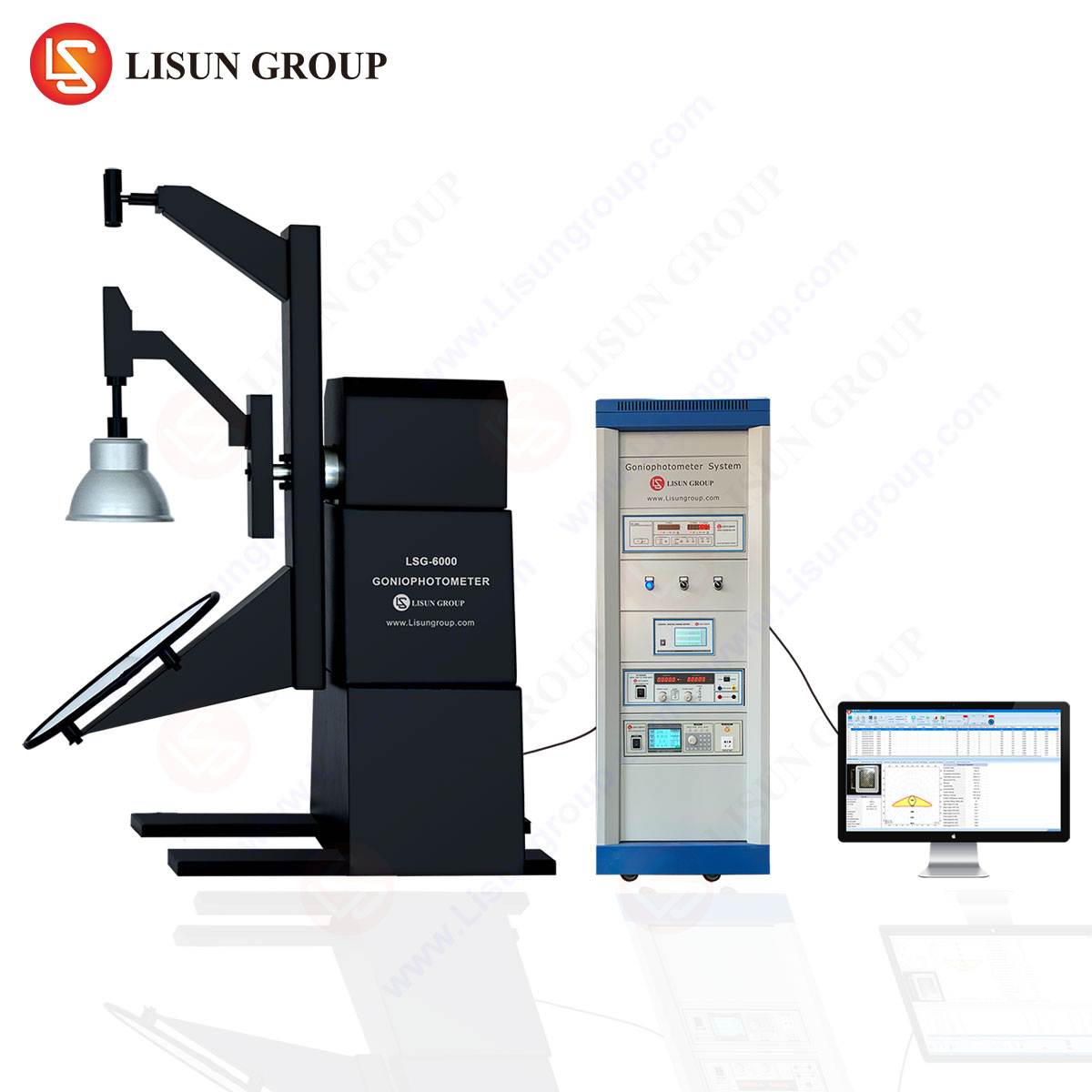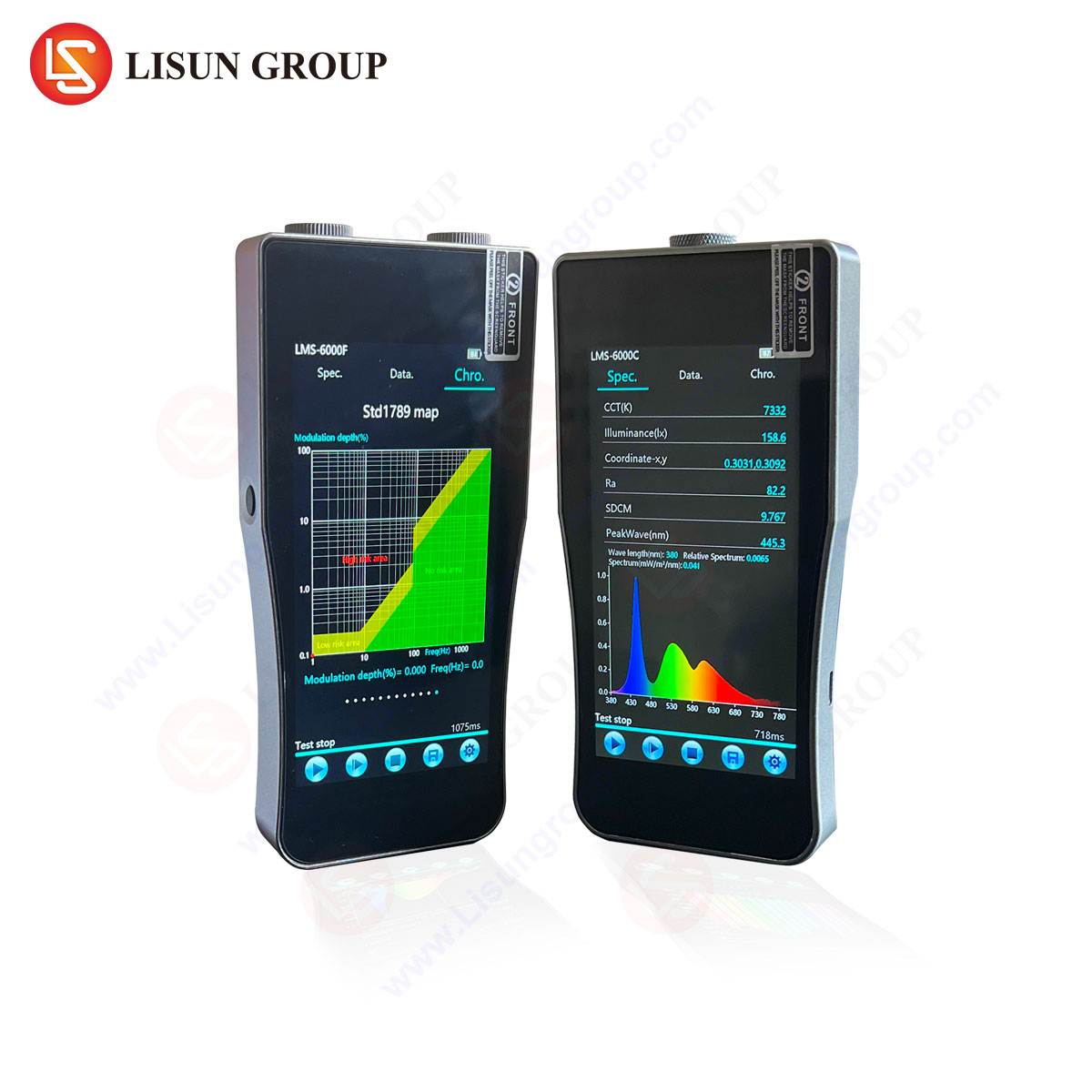A Comprehensive Guide to Electromagnetic Interference and Compatibility Testing Laboratories
Foundational Principles of Electromagnetic Phenomena in Product Design
The operational environment for modern electronic equipment is a dense and complex electromagnetic spectrum. Unintended electromagnetic emissions from a device can interfere with the normal function of nearby apparatus, a phenomenon known as Electromagnetic Interference (EMI). Conversely, a device must possess an inherent immunity to withstand the electromagnetic disturbances present in its intended environment. These two concepts form the cornerstone of Electromagnetic Compatibility (EMC), the discipline ensuring that electronic systems function reliably without causing or succumbing to interference. An EMI/EMC testing laboratory is the critical facility where these attributes are quantitatively verified against international standards, mitigating risks of product failure, regulatory non-compliance, and potential safety hazards. The foundational principles involve understanding both conducted emissions (unwanted energy propagating along power or signal cables) and radiated emissions (unwanted energy propagating through free space), as well as a device’s susceptibility to these same phenomena.
Architectural and Infrastructure Requirements for a Certified Testing Facility
Establishing a competent EMI/EMC laboratory requires meticulous planning and significant investment in specialized infrastructure. The centerpiece for radiated emissions and immunity testing is a semi-anechoic chamber (SAC). These shielded enclosures are lined with radio-frequency (RF) absorbing material on all surfaces except the ground plane, which is a conductive floor, to simulate free-space conditions and prevent reflections. The performance of a SAC is defined by its measurement uncertainty and the lowest frequency for which it provides valid results, typically determined by the size and quality of its absorbing ferrite tiles and pyramidal foam absorbers. For conducted emissions testing, a ground reference plane and Line Impedance Stabilization Networks (LISNs) are essential to provide a standardized impedance from the Equipment Under Test (EUT) to the power mains. Supporting infrastructure includes stabilized power sources, environmental controls to maintain stable temperature and humidity, and sophisticated cable management systems to ensure repeatable setup configurations. The entire facility must be designed to isolate the internal electromagnetic environment from external ambient signals, which could corrupt sensitive measurements.
The Central Role of the EMI Receiver in Precision Measurements
At the heart of any emissions testing system is the EMI Receiver, a highly specialized measurement instrument distinct from a conventional spectrum analyzer. While spectrum analyzers are versatile, EMI Receivers are engineered for compliance testing with stringent standards such as CISPR (International Special Committee on Radio Interference), FCC (Federal Communications Commission), and MIL-STD (Military Standard). The critical differentiator lies in the receiver’s detector types and its prescribed measurement bandwidths. Standards mandate the use of specific detectors—Peak, Quasi-Peak (QP), and Average—each serving a unique purpose. The Quasi-Peak detector, for instance, is weighted to account for the subjective annoyance of repetitive impulsive interference to human listeners, a legacy of early broadcast radio. EMI Receivers automatically implement these detectors with precisely defined bandwidths (e.g., 200 Hz for CISPR bands A and B, 9 kHz for CISPR bands C and D) and measurement cycles, ensuring results are directly comparable to published limits. The instrument’s dynamic range, sensitivity, and overall measurement uncertainty are paramount for generating reliable, legally defensible data.
Analysis of the LISUN EMI-9KC EMI Receiver for Compliance Testing
The LISUN EMI-9KC EMI Receiver represents a state-of-the-art instrument designed to meet the exacting demands of modern EMC testing across a vast frequency spectrum from 9 kHz to 7 GHz. Its architecture is built upon a synthesized YIG-tuned receiver, which provides superior frequency accuracy and stability compared to alternative designs. The instrument fully complies with the CISPR 16-1-1 standard, incorporating all mandatory detector functions (Peak, QP, Average, RMS-Average), IF bandwidths, and measurement times.
Key Specifications of the LISUN EMI-9KC:
- Frequency Range: 9 kHz – 7 GHz
- Compliance: Fully meets CISPR 16-1-1, MIL-STD, FCC, and other major international standards.
- Detectors: Peak, Quasi-Peak, Average, CISPR-Average (RMS), and RMS.
- Measurement Uncertainty: Typically less than 1.0 dB, ensuring high confidence in pass/fail determinations.
- Preamplifier: Integrated, with a low noise figure to enhance sensitivity for low-level emission detection.
- User Interface: Features a large touchscreen with intuitive software for test setup, automation, and data analysis.
The testing principle involves the receiver scanning the designated frequency range while the EUT is operated in its various modes of operation. The received signals are processed through the selected detector and bandwidth. The resulting amplitude-versus-frequency trace is overlaid onto the relevant standard’s limit line, providing an immediate visual pass/fail assessment. The EMI-9KC’s high dynamic range is particularly advantageous when testing high-power equipment, such as industrial motor drives or power conversion systems, where strong fundamental signals can mask lower-level harmonics and spurious emissions.
Application of EMI/EMC Testing Across Diverse Industrial Sectors
The requirement for electromagnetic compatibility is ubiquitous, with specific standards tailored to the operational criticality and environment of the product.
- Medical Devices (e.g., patient monitors, MRI systems): Standards like IEC 60601-1-2 are exceptionally stringent. Emissions must be minimized to prevent disruption of adjacent sensitive equipment, while immunity levels are set high to ensure patient safety in the presence of other medical apparatus. The EMI-9KC’s high sensitivity is critical for characterizing low-level emissions from these devices.
- Automotive Industry (e.g., engine control units, infotainment systems): Components must comply with standards like CISPR 25 and ISO 11452. Testing is performed over an extended temperature range and includes pulse immunity tests simulating load dump and transients. The wide frequency range of the EMI-9KC, up to 7 GHz, covers modern automotive radar and keyless entry systems.
- Household Appliances & Power Tools (e.g., variable-speed dishwashers, cordless drills): Governed by CISPR 14-1, these products often use brush motors or switching power supplies that are significant noise sources. The receiver’s Quasi-Peak measurement capability is essential for formal compliance certification.
- Information Technology & Communication Equipment (e.g., servers, routers): Tested to CISPR 32 and FCC Part 15, these devices have high clock speeds and data rates. The EMI-9KC’s ability to accurately measure both conducted and radiated emissions up to 7 GHz is vital for assessing harmonics and clock-related noise.
- Rail Transit & Aerospace (e.g., signaling systems, avionics): These sectors operate under severe EMI conditions and have the most rigorous standards (e.g., EN 50121, DO-160). The robustness, accuracy, and repeatability of the test instrument are non-negotiable.
Executing a Standardized Radiated Emissions Test Sequence
A radiated emissions test is a methodical process. The EUT is placed on a non-conductive table at a standard height inside the semi-anechoic chamber. A receiving antenna is positioned at a specified distance (e.g., 3m, 10m) and scanned in height from 1 to 4 meters to capture both horizontally and vertically polarized waves. The LISUN EMI-9KC, controlled by automation software, sweeps the required frequency range. The software coordinates the antenna tower, turntable (which rotates the EUT to find the angle of maximum emission), and the receiver itself. At each measurement step, the signal is acquired using a Peak detector for speed, followed by a final measurement using the Quasi-Peak and/or Average detectors at the identified peak frequencies. The system corrects for cable loss and antenna factors automatically, presenting the final data normalized to the limit line. This automated sequence, built around a reliable receiver like the EMI-9KC, ensures test repeatability and efficiency.
Methodologies for Conducted Emissions and Immunity Evaluation
While radiated testing addresses airborne noise, conducted emissions testing quantifies interference coupled back onto the AC power port. The EUT is connected to the power mains through a LISN, which provides a standardized 50Ω impedance for measurements and isolates the EUT from ambient noise on the laboratory power. The EMI-9KC is directly connected to the LISN’s measurement port via a coaxial cable. The test scans from 9 kHz (or 150 kHz) to 30 MHz (or 300 MHz), applying the required detectors. For immunity evaluation, the EUT is subjected to various disturbances. This includes Electrical Fast Transient (EFT) bursts, surges, and electrostatic discharge (ESD), assessed according to the IEC 61000-4 series of standards. While the EMI Receiver is not used in the application of these immunity tests, it is often used in pre-compliance to characterize the noise generators and to diagnose EUT failures during immunity testing.
Interpretation of Test Data and Preparation of Compliance Documentation
Upon completion of testing, the collected data must be meticulously analyzed. The test report is a legal document that provides evidence of compliance. It must include a detailed description of the EUT, its configuration, the test standards applied, the test equipment used (including calibration dates), and the results. Margins to the limit lines are calculated; a typical requirement is a 2-3 dB margin to account for measurement uncertainty. The EMI-9KC’s software suite typically includes comprehensive reporting features, allowing for the direct generation of graphs and tables that clearly display measured emissions against the applicable limits. Proper documentation is critical for submission to regulatory bodies like the FCC or a Notified Body for the CE marking.
Frequently Asked Questions
Q1: What is the practical difference between using a spectrum analyzer and a dedicated EMI Receiver like the LISUN EMI-9KC for pre-compliance testing?
While a spectrum analyzer with appropriate firmware can be used for initial pre-compliance checks, it lacks the legally recognized detector functions and measurement algorithms prescribed by standards. The EMI-9KC is engineered to perform measurements with the exact bandwidth, dwell time, and detector weighting required by CISPR and other standards. Data from a dedicated receiver carries significantly higher weight with certification bodies and reduces the risk of “false pass” or “false fail” results that can occur with non-compliant instrument settings.
Q2: For a manufacturer of industrial motor drives, which features of the EMI-9KC are most critical?
The high dynamic range and the integrated preamplifier of the EMI-9KC are paramount. Industrial drives generate very strong fundamental switching frequencies. The high dynamic range prevents the receiver’s front-end from being overloaded, allowing it to detect and measure the lower-amplitude, higher-frequency harmonic and parasitic emissions that determine compliance. The preamplifier ensures sensitivity to these often-weak signals amidst the overall noisy environment.
Q3: How does the frequency range of the EMI-9KC to 7 GHz benefit testing of modern communication-based products?
Products incorporating Wi-Fi 6E, 5G cellular modules, or Bluetooth operate in frequency bands extending to 6 GHz and beyond. To ensure compliance, testing must verify that spurious emissions and harmonics from these intentional transmitters do not exceed limits outside their allocated bands. The 7 GHz upper limit of the EMI-9KC ensures these higher-order products can be fully characterized, future-proofing the laboratory for evolving wireless technologies.
Q4: What is the significance of measurement uncertainty in the context of EMC testing, and how does the EMI-9KC address it?
Measurement uncertainty is a quantitative indicator of the confidence in a test result. A low uncertainty, such as the <1.0 dB typical of the EMI-9KC, means there is less doubt about whether a measured emission is truly above or below the limit line. This allows for a smaller safety margin, providing designers with more headroom and reducing the likelihood of costly re-designs while still ensuring a high degree of confidence in a passing result. The instrument's calibration and design are optimized to minimize contributions to the laboratory's overall measurement uncertainty budget.







